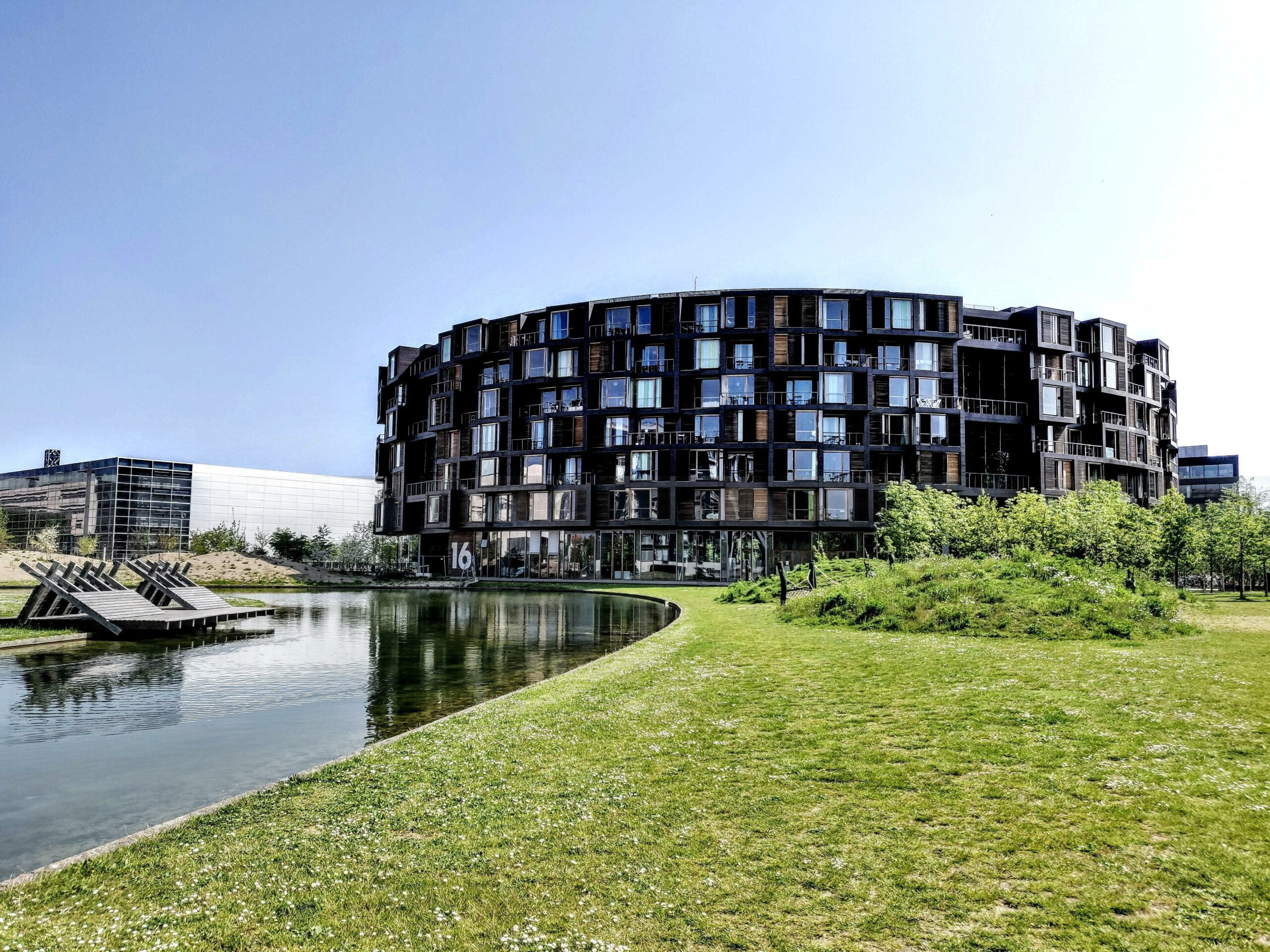Are you ready to embark on a delicious journey through Denmark’s culinary landscape? Get ready to uncover the fascinating world of Danish cuisine as we dive headfirst into exploring fun facts about Denmark food. As a seasoned food writer and culinary enthusiast, I have meticulously researched and traveled to bring you a comprehensive understanding of the rich culinary heritage of Denmark. From iconic dishes to regional specialties, we’ll unravel the hidden gems that make Denmark’s food culture truly remarkable. So, join me as we unravel the delicious delights that await us in the land of gastronomic wonders.
Fun Facts About Denmark Food
Denmark may be a small country, but its culinary scene is packed with unique and interesting delights. From hearty traditional dishes to delicious open-faced sandwiches, Danish cuisine has a lot to offer. Let’s dive into some fun facts about Denmark food!
1. A Fusion of Influences: Danish food is a harmonious blend of German and French culinary influences. Throughout history, Denmark has been influenced by neighboring countries, resulting in a diverse and vibrant food culture. From French pastries to German sausages, you’ll find a bit of everything in Danish cuisine.
2. Locally Sourced Ingredients: Traditional Danish food is all about using locally produced and available ingredients. In the past, when transportation was limited, Danes relied on what was close at hand. Potatoes, meats, fish, cheeses, and dark breads are pantry staples in any Danish household.
3. Smørrebrød Perfection: When it comes to iconic Danish dishes, smørrebrød takes the crown. These open-faced sandwiches are a true delight for the taste buds. Imagine a slice of hearty rye bread topped with mouthwatering combinations like pickled herring, roast beef, or eggs with mayo and shrimps. Each smørrebrød creation is a work of art!
“Smørrebrød, the famous open-faced sandwiches, are a true masterpiece of Danish culinary creativity.”
4. Fish Galore: It’s no surprise that fish plays a prominent role in Danish cuisine. With its extensive coastline, Denmark boasts a rich variety of seafood. From classic pickled herring to delicious smoked salmon, the Danes know how to make the most of their maritime resources. Seafood lovers will find themselves in gastronomic heaven!
5. A Sweet Tooth’s Paradise: Danish pastries are world-famous for a reason. With their buttery, flaky dough and delectable fillings, these pastries are pure indulgence. From the irresistible cinnamon rolls, known as kanelsnegle, to the mouthwatering wienerbrød and kringle, Denmark’s sweet offerings are simply irresistible.
6. Time for a Hygge Meal: Danish food goes beyond just taste; it’s also about creating a cozy and welcoming atmosphere. The Danish concept of hygge emphasizes enjoying simple pleasures in life, including good food and good company. So, when you sit down for a Danish meal, take your time, savor each bite, and embrace the warmth of the moment.
7. Beer Lovers Rejoice: Denmark has a thriving beer culture, with a long history of brewing. Danish beers, both craft and commercial, are known for their quality and variety. From refreshing lagers to flavorful IPAs and rich stouts, beer enthusiasts will find plenty to sample and enjoy in Denmark.
8. Butter Makes It Better: Butter is a beloved ingredient in Danish cooking. It adds richness and flavor to dishes, making them truly irresistible. Danish butter is renowned for its high fat content, which contributes to the creaminess and deliciousness of Danish cuisine. So, don’t hold back when it comes to butter in your Danish recipes!
9. Preserving the Heritage: Traditional Danish food is deeply rooted in the need for preservation. In the past, when refrigeration was not available, Danes developed various methods to preserve food, such as pickling, smoking, and fermenting. These preservation techniques give Danish dishes their distinctive flavors and make them stand out from the crowd.
10. Celebrating Seasonality: Danes have a strong connection with nature and appreciate the beauty of seasonal ingredients. From fresh berries in the summer to root vegetables in the winter, Danish cuisine celebrates the abundance of each season. Embracing the flavors of the moment, seasonal dishes in Denmark are a true reflection of nature’s bounty.
“Denmark’s culinary heritage is a fascinating fusion of influences, a celebration of seasonality, and a testament to the art of preservation.”
With its hearty dishes, mouthwatering sandwiches, and delightful pastries, Denmark’s food culture is a treasure trove of flavors and traditions. Exploring the fun facts about Denmark food allows us to appreciate the country’s culinary heritage and embark on a delicious journey through its gastronomic landscape. So, why not indulge in some Danish delights and experience the magic of Denmark’s food culture firsthand?
If you’re looking for some fascinating insights into Denmark, you won’t want to miss out on these fun facts about Denmark. Discover the unique traditions, delicious cuisine, and stunning landscapes that make this country so special. Ready to dive in? Click here to uncover the hidden gems of Denmark: fun facts about Denmark.
Danish Culinary Delights: Must-Try Dishes in Denmark
[youtube v=”xlhrL3V8G5U”]
Danish Hot Dogs: A Surprisingly Delicious Treat
Denmark may not be the first place you think of when it comes to hot dogs, but trust us, you won’t want to miss out on this iconic Danish snack. These hot dogs are anything but ordinary, with their unique toppings that include fried onions, pickles, and a tangy yellow sauce called remoulade. The locals are obsessed with these dogs, and once you take that first bite, you’ll understand why. As one traveler puts it, “It sounds silly, but the first thing you should have when you’re in Denmark is a Danish hot dog, and it actually is pretty good.”
Smørrebrød: Danish Open-Faced Sandwiches Bursting with Flavor
Danish cuisine is known for its open-faced sandwiches, called smørrebrød, which are a must-try when visiting Denmark. These sandwiches are made using dark rye bread as the base, and then topped with a variety of delicious ingredients. From steak tartare to shrimp cocktail, the options are endless. One popular way to enjoy smørrebrød is by pairing it with aquavit, a local schnapps, to enhance the flavors. So, when in Denmark, don’t forget to bite into these flavorful creations that truly embody the country’s culinary heritage.
Herring: A Delightful Seafood Experience
With its extensive coastline, Denmark is a seafood lover’s paradise. And when it comes to fish, herring takes center stage in Danish cuisine. Whether pickled, served with different sauces, or enjoyed alongside other traditional dishes, herring offers a unique and delicious taste that shouldn’t be missed. So, be sure to sample this local specialty when you’re in Denmark for a true taste of Danish seafood.
Danish Pastries: Indulge in a Sweet Treat
When you think of Danish food, one thing that instantly comes to mind is the mouthwatering Danish pastries. These buttery and flaky delights have gained worldwide fame for their irresistible taste. From classic cinnamon rolls to a variety of other pastries, you’ll be spoiled for choice. Head to a local bakery to truly experience the magic of Danish pastries and treat your taste buds to a heavenly delight. As one traveler aptly puts it, “When you go back home after being in Denmark and trying Danish pastries, you’ll never be able to call the things you’ll get a Danish again.”
Pork Dishes: A Meat Lover’s Haven
Denmark has a well-deserved reputation as one of the highest per-capita pork consumers in the world. And it’s not hard to see why. From succulent pork roasts to flavorful sausages, the country boasts an impressive array of pork dishes that will satisfy any meat lover’s cravings. Pair your pork dish with a local beer, such as Carlsberg or Tuborg, for the complete Danish experience. With their light and refreshing flavors, these beers perfectly complement the richness of the pork dishes, creating a harmonious culinary adventure.
In conclusion, Danish cuisine offers a delectable range of flavors and dishes that showcase the country’s culinary expertise. From the iconic Danish hot dogs to the world-famous Danish pastries, each bite is a celebration of the country’s rich food heritage. So, whether you’re strolling through the streets of Copenhagen or exploring the picturesque Danish countryside, make sure to indulge in these classic Danish treats for an unforgettable gastronomic experience.
“Denmark is a food lover’s paradise, with a wide range of flavors and dishes to explore. From the iconic hot dogs to the mouthwatering pastries, Danish cuisine offers a delightful culinary adventure that will leave you longing for more.”
FAQ
Q: What are some traditional Danish foods?
A: Traditional Danish food is hearty, rustic, and filling. It is influenced by German and French cooking and strongly rooted in the use of locally produced and available ingredients. Pantry staples in a Danish household include potatoes, meats and fish, cheeses, and dark breads. One of the most famous Danish food classics is smørrebrød, which are open-faced sandwiches made with a slice of rye bread topped with various combinations of toppings such as pickled herring, roast beef, and eggs topped with mayo and shrimps.
Q: How is Danish cuisine influenced?
A: Danish cuisine draws influences from both German and French cooking styles. The use of locally produced and available ingredients is a key aspect of Danish cuisine. The need for preservation also plays a significant role, resulting in hearty and long-lasting dishes. The combination of these influences and traditions has shaped the unique flavors and culinary heritage of Denmark.
Q: What is smørrebrød?
A: Smørrebrød is a famous Danish dish that consists of open-faced sandwiches. It is made with a slice of rye bread as the base and topped with various combinations of ingredients. Popular toppings include pickled herring, roast beef, and eggs with mayo and shrimps. Smørrebrød is a versatile dish that allows for creative combinations, making it a beloved and iconic part of Danish cuisine.
Q: What are the main pantry staples in a Danish household?
A: In a Danish household, the main pantry staples include potatoes, meats and fish, cheeses, and dark breads. These ingredients form the foundation of many traditional Danish dishes and are essential for creating hearty and flavorful meals. The availability and utilization of local ingredients contribute to the distinctive character of Danish cuisine.
Q: How does Danish cuisine reflect the culinary heritage of Denmark?
A: Danish cuisine reflects the rich culinary heritage of Denmark through its traditional and iconic dishes, such as smørrebrød. The use of locally produced and available ingredients, combined with influences from German and French cooking, creates a unique and diverse culinary landscape. Danish cuisine’s emphasis on hearty, rustic, and filling food is a testament to the country’s history, traditions, and culinary innovation over the years.
- Unlock Elemental 2 Secrets: Actionable Insights Now - April 2, 2025
- Lot’s Wife’s Name: Unveiling the Mystery of Sodom’s Fall - April 2, 2025
- Photocell Sensors: A Complete Guide for Selection and Implementation - April 2, 2025
















